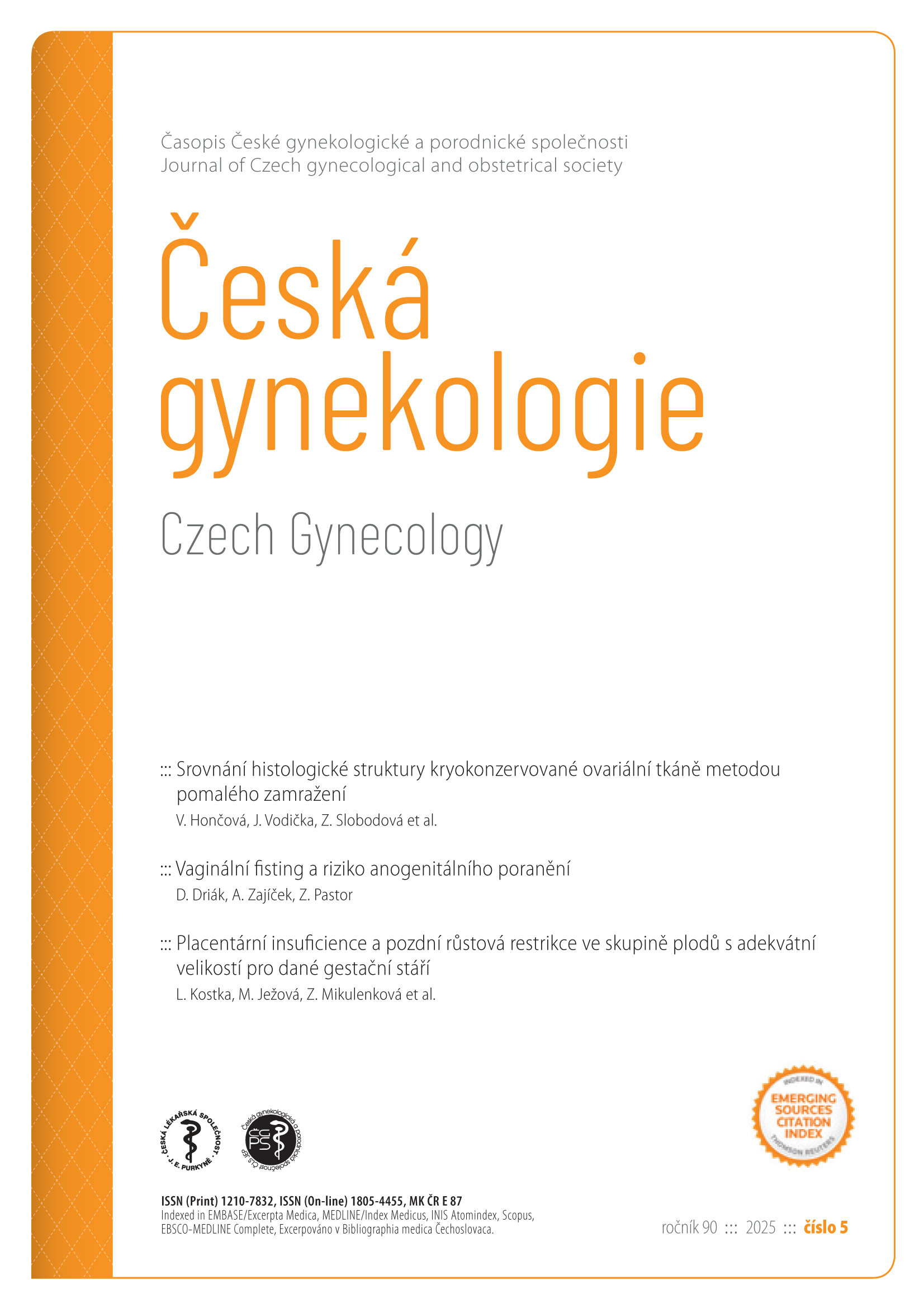Effect of kisspeptin, neurokinin, and dynorphin neurons on regulation of reproduction
Keywords:
kisspeptin, neurokinin, dynorphin, menstrual cycle, reproduction, menopause, polycystic ovary syndrome, endometriosisAbstract
Gonadotropin-releasing hormone pulsatility is under the influence of hypothalamic neuropeptides, especially neurons expressing kisspeptin, neurokinin B, and dynorphin. These hypothalamic cells are called KNDy neurons. By integrating hormonal and environmental stimuli in the brain, they modulate the effects on neuropeptide release and control the frequency and amplitude of pulses. The relationship between KNDy neurons and gonadal hormones is essential for the initiation of puberty, regulation of the menstrual cycle, and reproduction. Steroid hormones have a feedback effect on the modulation of the activity of KNDy neurons, as their membrane and cell nucleus express receptors for estradiol, progesterone, and testosterone. Recent research suggests a close relationship with the pathophysiology of infertility, pathological pregnancy, menstrual cycle disorders, polycystic ovary syndrome, endometriosis, and vasomotor symptoms in perimenopause.



